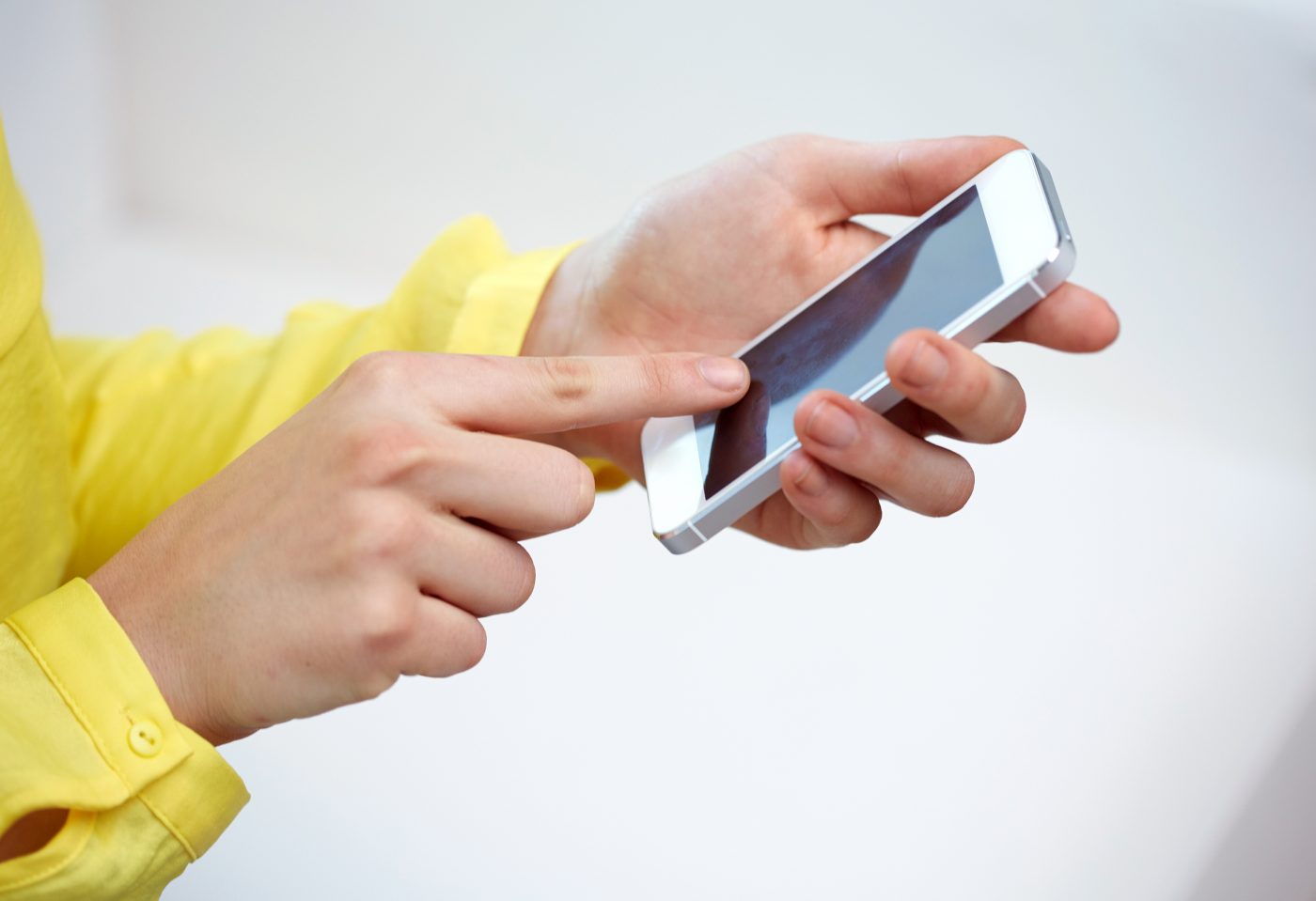Parkinson’s DREAM Challenge Uses Mobile Sensor Data to Monitor Health Based on Movement

The Parkinson’s Disease Digital Biomarker DREAM Challenge was just launched by Sage Bionetworks as the first of a series of open, crowd-funded projects designed to help researchers identify ways to use smartphones and remote sensing devices to monitor health and disease.
The first DREAM Challenge will focus on using sensors to identify aspects of Parkinson’s disease (PD) severity. Results, which are expected this fall, should provide best practices and tools to advance the development of Parkinson’s digital biomarkers, as well as to advance the mobile health community.
“While there are many projects that have successfully collected sensor data from people in the real-world setting, we still have a poor understanding of what the data can tell us about health,” Lara Mangravite, president of Sage Bionetworks, said in a press release.
Participants are encouraged to identify biomarkers of Parkinson’s severity from sensor data. Parkinson’s disease may cause patients to tremor, to have an impaired gait, or to suffer from speech or memory problems. These symptoms can change over time and can be measured using accelerometers, magnetometers, and gyroscopes.
“Remote sensor data capture can be used to objectively detect fluctuations in symptoms within a patient such as in response to medication,” said Larsson Omberg, vice president of systems biology at Sage. “But we are not yet very good at detecting differences between PD and non-PD participants. A major contributing factor is the naïve approaches to feature engineering that are currently being used.”
All data included in this challenge will include measurements taken from these tools, collected in two separate studies of Parkinson’s patients: the mPower and the Levodopa Response Trial.
mPower was an iPhone mobile app-based study of symptom variation in Parkinson’s patients. Launched in 2015, the study has enrolled more than 15,000 people so far and nearly 6,000 have already performed a remote test for gait and balance. mPower was one of the first studies to use Apple’s ResearchKit framework, a guideline developed specifically for researchers using iOS.
The second dataset included in the challenge results from the Levodopa Response Trial, in which people were monitored with three to eight accelerometer sensors while performing a series of activities. This trial captured continuous data in clinic visits and at-home days.
“Increasing the accuracy of remote health monitoring will expand our ability to better understand how our health is influenced by the context and choices of daily life,” said Paul Tarini, program officer at the Robert Wood Johnson Foundation (RWJF). “The challenge is designed to solve a major problem in the field – how best to process sensor data for health interpretations.”
The DREAM challenge is funded by the RWJF and The Michael J. Fox Foundation for Parkinson’s Research (MJFF). The MJFF will also award the $25,000 winning prize for the research team with the best methods for processing sensor data.
In addition to a monetary prize, the challenge has partnered with the scientific journal Nature Biotechnology to support the submission of an overview paper describing the challenge and broadly applicable insights stemming from the initiative.






